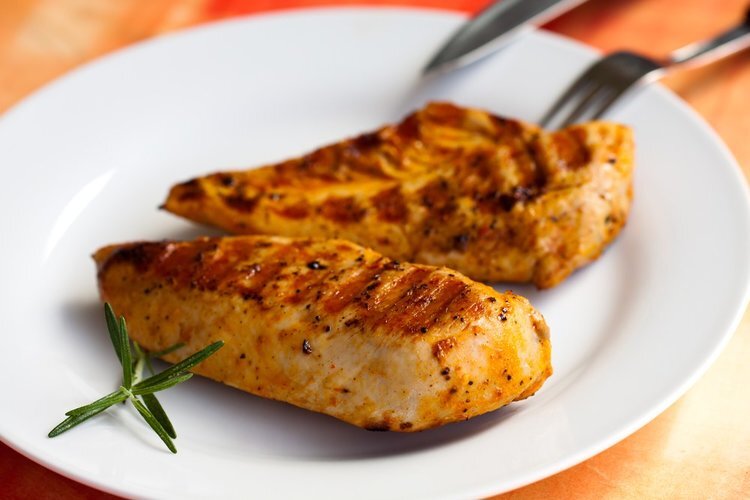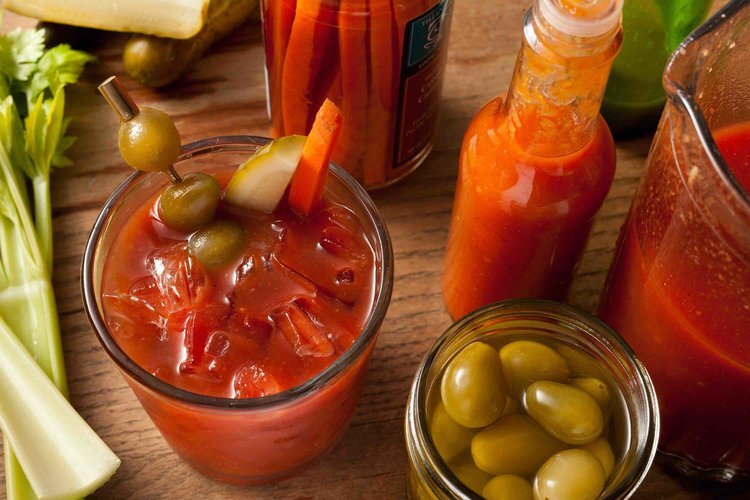7 Surprising High Sodium Foods For Seniors
In the US, many seniors consume more sodium than they should. This can lead to various health problems like high blood pressure and heart disease. While most of us know to lay off the processed frozen meals and deli meats, this article highlights 7 surprising high sodium foods for seniors to avoid.
GENERAL GUIDELINES FOR LOW SODIUM DIET
To reduce the risk of heart disease or reduce symptoms if you’ve already been diagnosed, your doctor will probably recommend a low sodium diet. If you follow a low salt diet, it will help keep high blood pressure and edema (swelling) under control.
For many seniors needing a low salt diet, consuming less than 1500mg of sodium per day is ideal given that many older adults consume fewer calories in a day than the average person. That said, it’s best to always follow your doctor’s recommendation on sodium intake.
Here are some general guidelines/tips for a low sodium diet:
- Take the saltshaker off the table.
- Sea salt is better for you than iodized or kosher salt.
- Choose low sodium ingredients at the store (foods containing less than 140mg per serving). Most condiments and other center-aisle items at the grocery store have a low sodium alternative.
- Avoid high salt foods (with over 400mg of sodium per serving).
- Watch out for high-sodium additives like MSG.
- Avoid soft water for drinking as it contains added sodium.
- Salt substitutes can be a good option, but it’s probably best to avoid them if you need to be on a low potassium diet.
- Eat homemade meals instead of restaurant meals or processed frozen meals.
OBVIOUS HIGH SODIUM FOODS TO AVOID
Before looking at the 7 Surprising High Sodium Foods For Seniors, let’s review the more obvious high sodium foods to avoid at the grocery store – or toss if they’re sitting in your pantry.
- Processed Meats: avoid smoked, cured, salted or canned meat, fish or poultry including bacon, cold cuts, ham, frankfurters, sausage, sardines, caviar, and anchovies.
- Grocery Store Frozen Meals: with very few exceptions, frozen meals from the grocery store are high in salt and other preservatives. Plus, they usually don’t taste very good. If you’re tired of cooking but need a low sodium diet, there are lots of better options for getting nutritious meals. Check out our post on “How To Find The Best Senior Meal Delivery Service.”
- Canned vegetables or meals: A lot of seniors enjoy canned vegetables, but their sodium content means they should be avoided. The same logic holds true for canned meals like ravioli or soup.
- Condiments and salad dressings without the “low sodium” or “no-salt-added” label: especially soy sauce and ketchup. Most stores have low sodium alternatives.
- Pickled vegetables: olives and pickles are EXTREMELY high in salt and should be avoided.
- Jarred or packaged sauces: most Marinara, Alfredo, and Asian stir-fry sauces should be avoided, although some branded do offer low sodium products.
- Salted snacks: potato chips, crackers, nuts, etc.
- Salted butter or margarine: unsalted butter is usually a little more expensive, but it’s healthier than salted butter.
7 SURPRISINGLY HIGH SODIUM FOODS FOR SENIORS
Okay, so it’s no surprise that potato chips and bacon are high in sodium…but there are also a lot of foods with high sodium levels that you wouldn’t expect. Below are 7 of the most surprising high salt foods:
#1: CEREAL
Most people think sugar is the ingredient to worry about with boxed cereals, but many have 180-300mg of salt per serving. Instead of packaged cereal, try homemade granola or old-fashioned oatmeal with fresh berries.
#2: BAGELS
One bagel can contain up to 500mg of salt, and that number can go even higher for cheese or everything-flavored bagels.
#3: PRE-MADE CAKES
Most seniors love sweets, but if you’re looking to satisfy a sweet tooth, homemade desserts are much healthier in terms of salt content. Grocery store cakes oftentimes rely on sodium as a preservative to increase the shelf life. Boxed cake mixes also have a lot of sodium.
#4: VEGGIE BURGERS
Many seniors believe a veggie burger is a healthy choice, but one patty can have 400-500mg of sodium. That’s almost 1/3 of the recommended sodium intake for an entire day in one 4oz burger!
#5: PANCAKES
Ready-made and pourable mixes have a surprisingly high amount of salt (400-700mg for 3 medium pancakes). In keeping with the trend of this article, homemade is better tasting and better for you.
#6: CERTAIN CHICKEN BREASTS
Some chicken breasts, especially the frozen ones, are injected with a sodium solution to keep the meat juicy and add to the taste. Avoid buying chicken with salt on the ingredient label.
#7: STORE BOUGHT COCKTAIL MIXES
Who doesn’t enjoy a good Bloody Mary or margarita once in a while? It’s okay in moderation, but some of the premixed cocktails you buy at the store can have upwards of 650mg of salt per 16oz drink.










